Is your PPE truly protecting against impacts? Using inadequate foam materials compromises safety. Let's explore how the right impact foams are essential for effective personal protection.
Impact-absorbing foams in PPE work by compressing upon impact, spreading the force over a larger area and time. This reduces the peak force transferred to the wearer, significantly lowering the risk of injury. Materials like EVA, PU, EPP, and PE are commonly used.
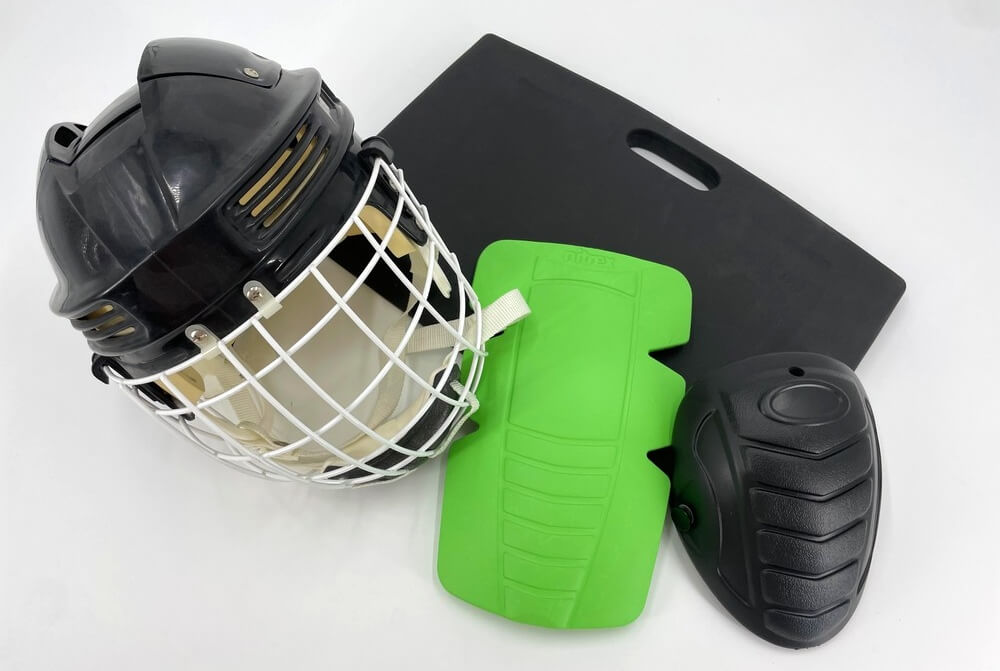
Understanding how these specialized foams work is key to appreciating their role in safety gear. The science behind impact absorption allows us to design better, safer products. Now, let's delve into why this capability isn't just a feature, but a fundamental requirement for modern PPE.
Why Is Impact Absorption Non-Negotiable in Modern PPE?
Think safety gear is optional? Accidents happen fast, and inadequate protection leads to serious injuries. Impact absorption isn't a luxury; it's vital for preventing harm in many workplaces and activities.
Impact absorption1 is non-negotiable because it directly prevents or reduces the severity of injuries from drops, collisions, or falling objects. Effective PPE must manage impact energy to protect users in hazardous environments, meeting safety standards and user expectations for safety.
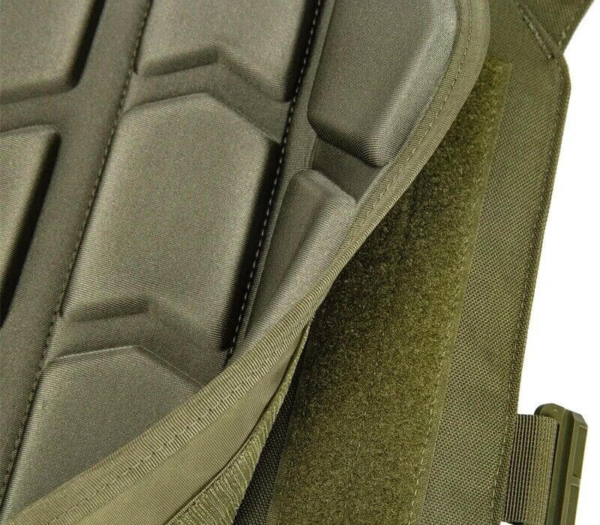
In my years working with foam fabrication for various industries, especially personal protection2, I've seen how critical impact absorption is. It's the difference between a minor incident and a life-altering injury. Modern safety standards must meet, demand effective impact management.
Workers in industrial settings rely on PPE to shield them from daily hazards. Whether it's a construction helmet, sports padding, or military gear, the primary function is often to absorb shock. Failure isn't an option when someone's well-being is on the line. We design foam components knowing they must perform under pressure, dissipating harmful forces away from the body. It's a core responsibility in creating effective safety solutions.
How Do We Measure the Effectiveness of Impact Foams?
Using foam that feels protective isn't enough, right? Relying on guesswork means risking inadequate safety. We need objective ways to measure foam performance to ensure it truly protects against impacts.
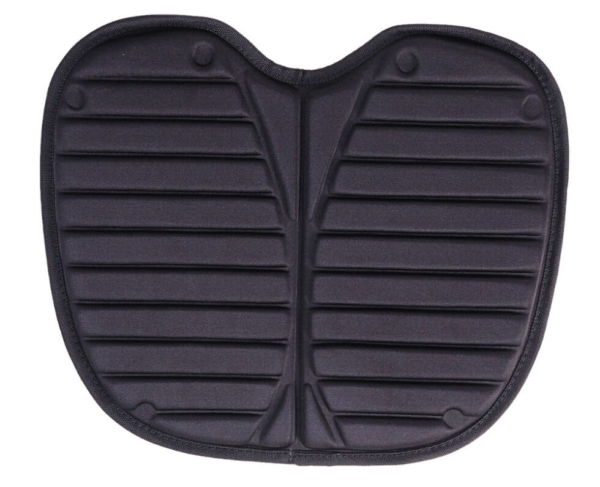
Key performance metrics include peak acceleration (lower is better), impact energy absorption (how much energy the foam dissipates), compression set resistance (foam's ability to recover after impact), and durability over repeated impacts. Standardized tests (like ASTM or EN standards) quantify these factors.
Evaluating impact foam isn't just about squeezing it. We rely on specific tests and data to understand how a foam will perform when it matters most. Here are some key metrics we consider:
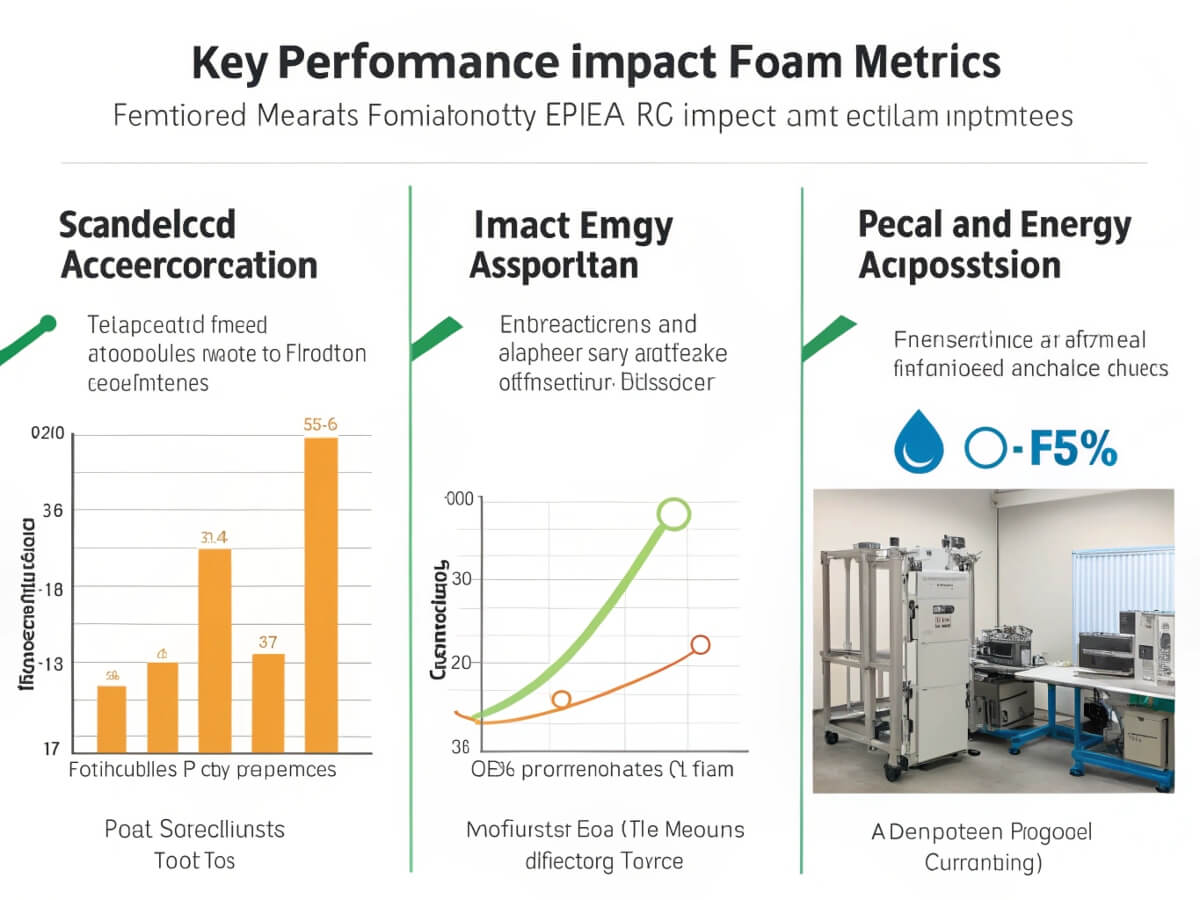
-
Peak Acceleration (G-force)3: This measures the maximum force transmitted through the foam during an impact. Lower G-force readings mean better protection. Standardized drop tests using instrumented headforms or masses are common.
-
Impact Energy Absorption: How much of the impact energy does the foam actually absorb, versus just bouncing back? This is often calculated from force-displacement curves during testing. Higher absorption is generally desirable.
-
Compression Set Resistance4: After being compressed by an impact, how well does the foam return to its original thickness? Good recovery is vital for multi-impact protection. Poor recovery means less protection on subsequent hits.
-
Durability: Can the foam withstand multiple impacts without significant degradation in performance? This is crucial for PPE expected to last.
We use standardized testing protocols, often specific to the application (e.g., helmet standards, body armor standards), to compare materials and ensure they meet the required safety levels. For clients, providing this data builds confidence in the material's protective capabilities.
What Are the Leading Impact-Absorbing Foam Materials in PPE?
Confused about which foam material offers the best impact protection? Choosing incorrectly leads to uncomfortable or ineffective gear. Understanding the main options helps select the right material for specific PPE needs.
Leading impact foams include EVA for versatility, PU for comfort and custom tuning, EPP/EPS for lightweight structure and multi-impact resistance (EPP), and PE foam variations offering different densities and cost points. Often, combining materials gives the best results.
Over the years, I've worked extensively with various foams, each having unique strengths for impact absorption in PPE. Here’s a brief overview:
EVA (Ethylene-Vinyl Acetate) Foam5
This is a real workhorse. EVA is closed-cell, flexible, tough, and offers good impact absorption. It's easily molded (compression molding is common) and fabricated. We use it widely in knee pads, helmet liners, and general protective padding. Its versatility makes it a go-to for many applications.
PU (Polyurethane) Foam6
PU foams, especially flexible molded types or energy-absorbing formulations, are excellent. They can be formulated for specific rebound characteristics and comfort levels. Think soft, conforming padding inside helmets or body armor that still manages impact energy effectively. Some PU foams offer excellent slow-recovery properties, great for dissipating force.
EPP (Expanded Polypropylene) & EPS (Expanded Polystyrene)
These are bead foams often used in helmets. EPS is very lightweight and absorbs impact by crushing permanently. It's typically single-impact. EPP is also lightweight but resilient; it can withstand multiple impacts and return to its shape. EPP is increasingly popular in higher-end helmets and protective components requiring structural integrity and multi-impact performance.
PE (Polyethylene) Foam
PE foam, especially cross-linked PE (XLPE), offers good impact absorption and durability. It comes in various densities, allowing performance tuning. Higher density PE provides firmer protection, while lower density offers softer cushioning. It's often used in flotation devices, sports padding, and industrial safety gear.
Multi-Density Foam Compositions
Often, the best solution isn't a single foam type. We frequently use foam lamination to combine layers of different foams (e.g., a softer PU foam layer for comfort against the body and a denser EVA or EPP layer for primary impact absorption). This strategic layering optimizes both comfort and protection, addressing needs prioritizes.
How Are These Protective Foams Manufactured and Fabricated for PPE?
Wondering how raw foam becomes a finished PPE component? Using the wrong manufacturing method can compromise the foam's structure and protective qualities. Understanding these processes ensures the foam performs as intended.
Common methods include compression molding for dense, shaped parts (EVA, PE), injection molding for complex 3D shapes (PU, some TPE foams), lamination for combining layers, and CNC cutting for precision shapes from sheets or blocks (prototyping, custom fits).
At FoamTech, we utilize several advanced techniques to turn blocks or sheets of foam into precise PPE components:
Foam Compression Molding / Thermoforming
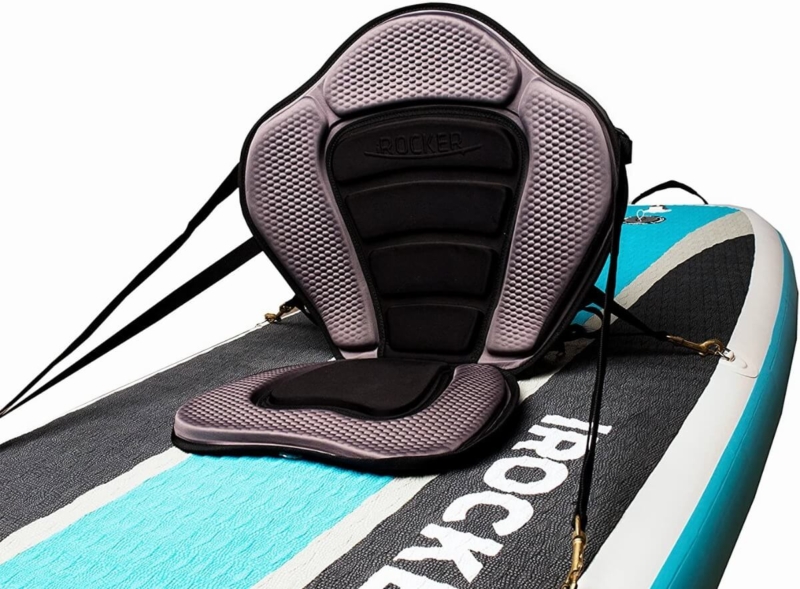
We heat a sheet or pre-form of foam (like EVA or PE) and press it into a mold. This creates dimensionally accurate, often dense parts with specific shapes and surface textures. It's great for things like knee pad inserts or molded chest protectors.
Foam Injection Molding7
Here, molten foam material (often specialized PU or thermoplastic elastomers - TPEs) is injected into a mold cavity. This allows for highly complex 3D shapes and intricate details, ideal for advanced helmet liners or ergonomic padding components.
Foam Lamination
This involves bonding different layers together. We might laminate a durable fabric to an impact foam, or bond foams of different densities using heat or adhesives. This creates multi-functional composites tailored for specific protective needs, common in body armor or layered helmet systems.
Advanced CNC Fabrication8
Using computer-controlled machines (like routers, waterjets, or knife cutters), we precisely cut complex shapes from foam sheets or blocks. This is excellent for prototypes, custom-fit padding, or producing intricate designs without the high tooling costs of molding. We use this for EVA, PE, PU, EPP, and more.
Choosing the right method depends on the foam type, part complexity, required density, production volume, and cost targets. Our experience helps guide clients to the most effective process for their specific PPE application.
How Do We Match Foam Properties to Specific PPE Needs?
Is the same foam suitable for a helmet and a knee pad? Assuming one-size-fits-all risks poor performance. Matching foam characteristics to the specific demands of the PPE item is critical for effective protection.
Match foam by considering impact type (sharp vs. blunt), required thickness/coverage, flexibility needs, weight constraints, and multi-impact requirements. Helmets often use EPP/EPS or molded PU; body armor uses laminated foams9; knee pads favor durable EVA or PU.
Selecting the right foam involves analyzing the specific protection scenario. Let's look at some examples:
-
Helmets: Need to manage high-energy, potentially sharp impacts. Lightweight is crucial. Often use crushable EPS for single, high-impact events or resilient EPP for multi-impact capabilities. Molded PU liners add comfort and secondary impact absorption. The key is meeting specific testing standards (e.g., DOT, ECE, CPSC).
-
Body Armor (Soft): Requires flexibility and coverage over larger areas, protecting against blunt force trauma (and potentially integrating ballistic panels). Laminated systems combining impact foams (like EVA or specialized PU) with spreading layers are common. Comfort and breathability are also important factors.
-
Knee Pads: Need durability against abrasion and repeated impacts on hard surfaces. Good compression set resistance is vital. Dense, molded EVA10 foam is a very popular choice due to its toughness and cost-effectiveness. Molded PU also offers excellent cushioning and durability.
We consider factors like:
* Impact Energy:* High (helmet) vs. Moderate/Repeated (knee pad).
* Coverage Area:* Large (body armor) vs. Focused (knuckle protector).
* Flexibility:* Needs to conform (body armor) vs. Can be rigid (some helmet shells).
* Weight:* Critical for helmets, less so for stationary pads.By analyzing these needs, we help clients select and design foam components that provide optimized protection for each specific PPE application.
What Innovations Are Shaping the Future of Impact Foam Technology?
Think current foams are the final word in safety? Relying only on existing materials means missing out on advancements. Staying aware of innovations helps create next-generation PPE with enhanced protection and comfort.
Innovations include shear-thickening fluids11 integrated into foams, auxetic structures that thicken on impact, bio-based foam materials, advanced multi-layer composites, and improved modeling for predicting impact performance. These aim for lighter, thinner, and more effective protection.
The field of impact protection is constantly evolving. At FoamTech, we keep an eye on emerging technologies that could enhance safety. Some exciting developments include:
-
Rate-Reactive Materials: Foams incorporating materials (like shear-thickening fluids) that remain soft and flexible during normal movement but instantly stiffen upon impact to absorb energy. This offers comfort without compromising protection.
-
Auxetic Foams: These materials have a unique structure that causes them to become thicker perpendicular to the direction of impact, potentially offering better energy absorption and confinement.
-
Advanced Composites: Developing new ways to combine foams with other materials (like thin, strong plastics or advanced textiles) in laminated or molded structures for synergistic effects – thinner profiles with higher protection levels.
-
Bio-Based Foams: Research into sustainable foam options derived from renewable resources that can meet demanding impact performance requirements.
-
Improved Simulation: Using advanced computer modeling (Finite Element Analysis - FEA) to better predict how different foam structures and material combinations will behave under various impact scenarios, speeding up design and optimization.
These innovations promise PPE that is not only safer but also potentially lighter, more comfortable, and better tailored to specific threats, aligning with the goals of developers aiming for cutting-edge products.
Conclusion
Effective PPE relies heavily on advanced impact-absorbing foams like EVA, PU, EPP, and PE. Matching the right material and manufacturing method to the specific application ensures optimal safety and performance.
-
Understanding impact absorption is crucial for ensuring safety in hazardous environments. Explore this link to learn more about its significance. ↩
-
Personal protection equipment is vital for worker safety. Discover how it enhances safety and meets modern standards by exploring this resource. ↩
-
Understanding Peak Acceleration is crucial for evaluating foam safety and effectiveness in protecting against impacts. Explore this link for detailed insights. ↩
-
Compression Set Resistance indicates foam recovery after impact. Learn more about its importance in protective gear through this valuable link. ↩
-
Explore the advantages of EVA foam, a versatile material widely used for its excellent impact absorption properties in protective gear. ↩
-
Learn how PU foam's unique properties contribute to comfort and effective impact energy management in safety gear. ↩
-
Discover the advantages of Foam Injection Molding, especially for complex designs in PPE, and how it enhances product functionality. ↩
-
Learn how Advanced CNC Fabrication techniques can enhance precision in foam cutting, leading to better custom-fit solutions in PPE. ↩
-
Learn about the advantages of laminated foams in body armor, ensuring flexibility and protection against blunt force trauma. ↩
-
Discover why molded EVA foam is favored for knee pads, focusing on durability and impact resistance for optimal protection. ↩
-
Understanding shear-thickening fluids can enhance your knowledge of innovative materials in safety gear. ↩

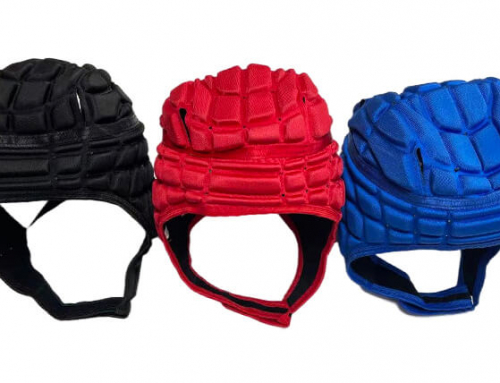
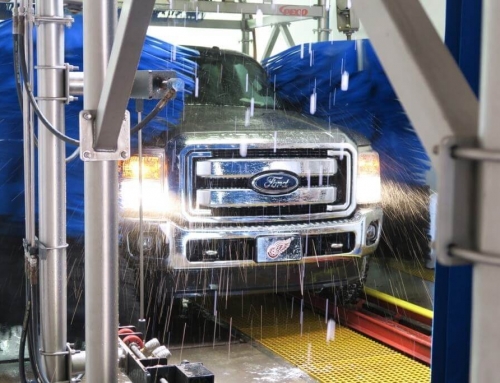
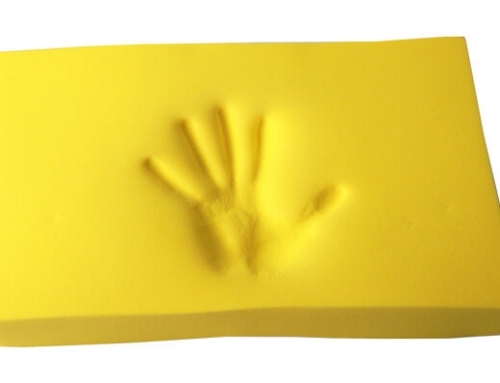
Leave A Comment